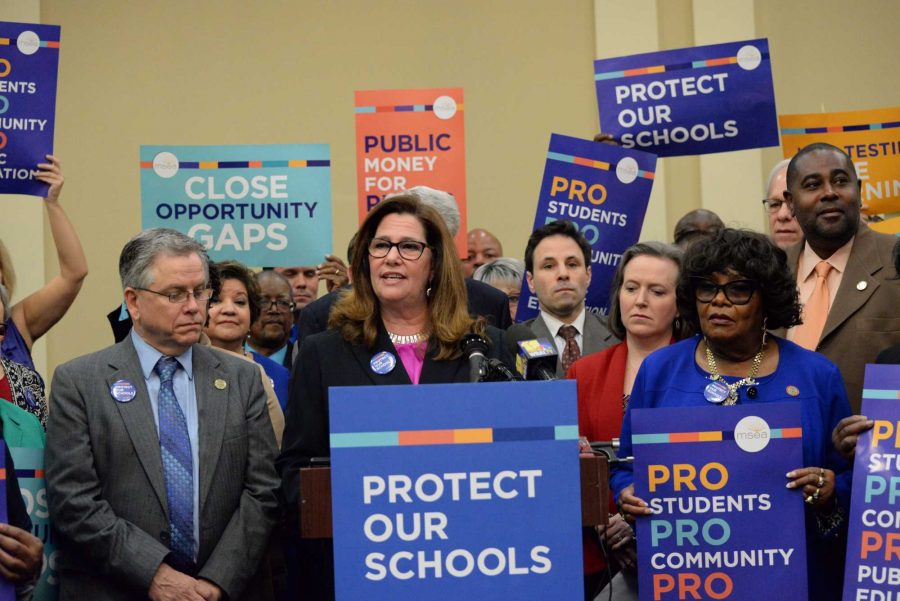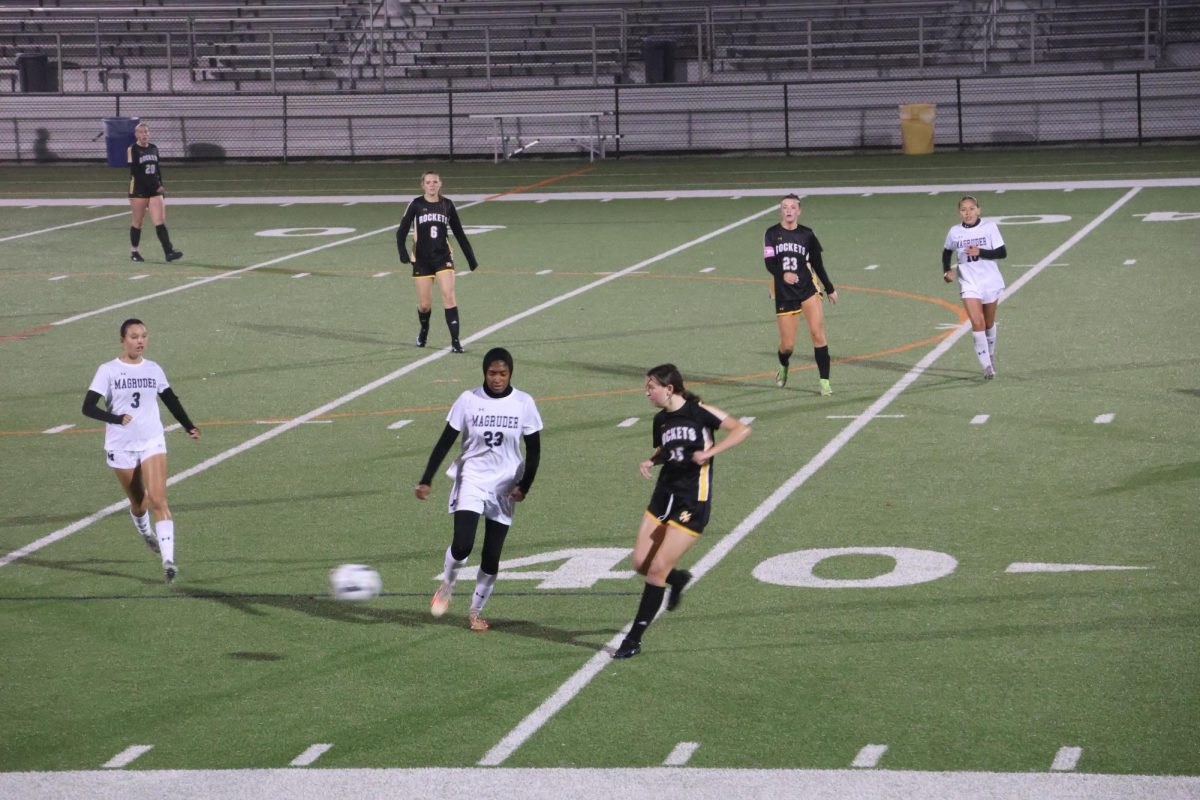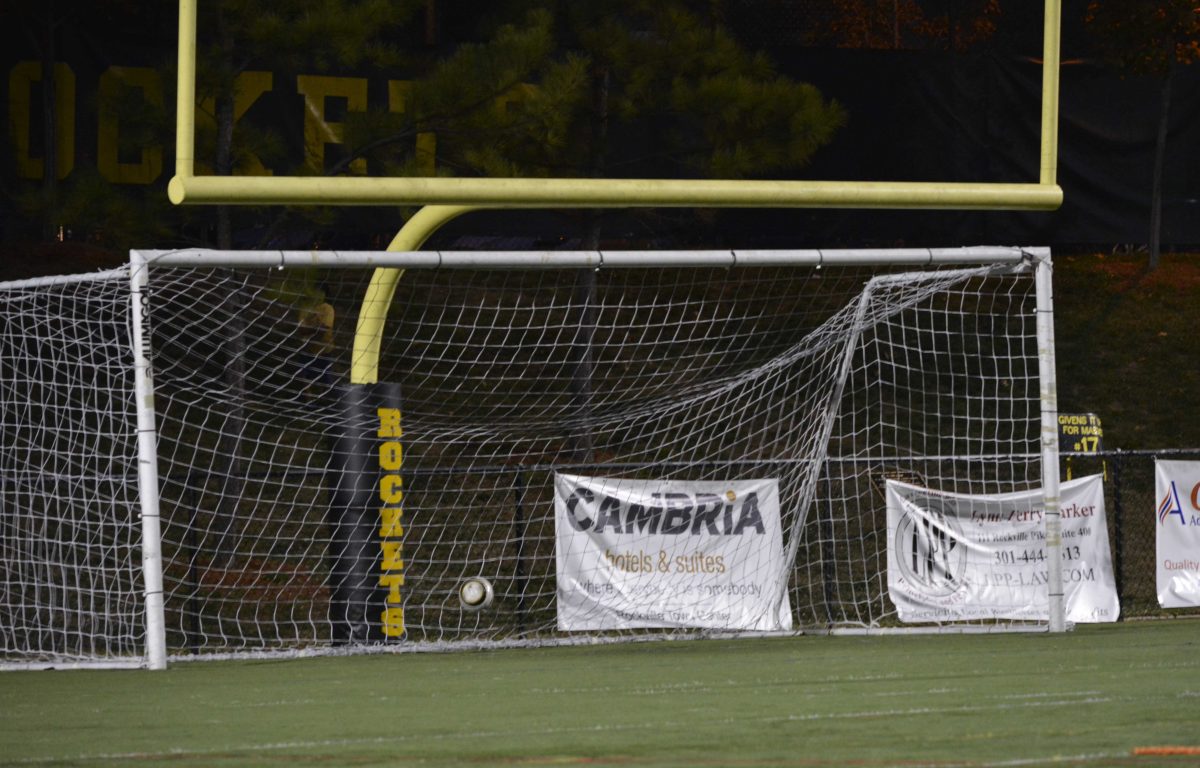In order to receive federal aid, Maryland, along with 30 other states, had to send accountability plans to comply with the Every Student Succeeds Act (ESSA). ESSA, which was set up by the Obama Administration, replaced the No Child Left Behind Act. This act seeks to hold schools accountable based on a variety of factors; working conditions, school climate and teacher surveys will be considered. Plans to improve teacher instruction and resources will be included in this plan as well, so that the focus is on the student rather than a school’s test average.
In June of this year, the Maryland school board approved the plan of using a 5 star rating system for public schools. This rating system was intended to let parents know what schools the state considers to be the lowest achieving (one star) and the highest performing schools (five stars).
Schools would be judged on a variety of aspects like attendance rates, parent surveys and academic achievement. The bottom 5 percent of schools according to this system would be given more attention and resources. Overall, students seem to view this rating system favorably.
“Students are expected to be in clubs and do things outside of school and this can play a factor in grades. So, it’s good that grades don’t contribute completely to the ‘score’ that school gets on the rating system,” junior Sophia Tran said.
In terms of how much of an impact this plan would have on low achieving schools, students show similar optimism. “The rating system makes it easy to see which schools are falling behind. I don’t think [this] discourages schools or students, but rather motivates the one star schools to do better,” sophomore Catherine Lee expressed.
However, that is not to say there have not been any concerns about this new education plan. “I think it’s a good approach but it may also lead to neglect of other schools that are doing well,” said freshmen Nafisa Tabassum, “ I hope this plan boosts the performance of low achieving schools without decreasing the amount resources or attention given to the schools that are currently doing well.”
Maryland Governor Larry Hogan has voiced strong opposition toward this plan. He, however, has more of an issue with the circumstances in which the plan was created. He believes the plan will not be effective because of a Maryland law established earlier this year: the Protect Our Schools Act.
The law specifies what factors should and should not be considered. For example, it prohibits the state school board from requiring test scores to count for more than 65 percent of a school’s performance ranking. This legislation also limits the ways in which Maryland can involve itself in failing schools; it would prevent the state from converting low achieving schools into private schools or by giving students vouchers to go to private schools.
He believes this law (which he did veto) makes it difficult for the school board to create a plan that will actually help fix low-achieving schools.
In contrast, some students approve of the Protect Our Schools Act. “If a family cannot support a child’s education [due to privatization] than the education of Maryland as whole wouldn’t really improve,” sophomore Nicole Yanakiev said.
Hogan wrote a letter to Betsy DeVos, U.S. Press Secretary as well as President of Maryland Board of Education, Andy Smarick, highlighting his concerns.
In his letter, Hogan says “[The Protect Our Schools Act] stymies any attempt to hold schools accountable for student performance and includes provisions aimed at preserving the status quo in failing schools” (Source: Washington Post). Maryland education officials will still send this plan to be reviewed, despite the governor’s opposition.













